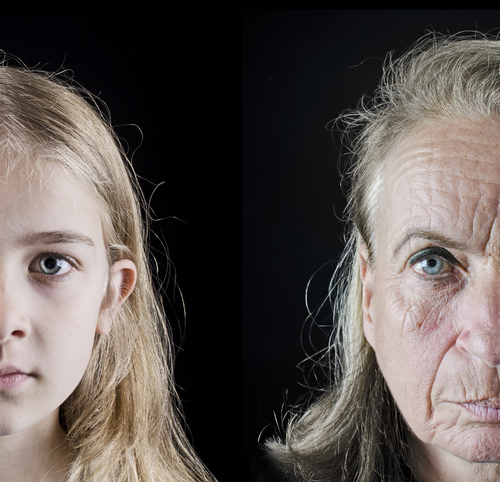Longer Life Expectancy is Possible for Some Sickle Cell Disease Patients, Case Study Contends
Written by |

A published case study reports that patients with mildly symptomatic sickle cell disease (SCD) can exceed the U.S. median life expectancy of 47 years for patients with the disease if it is managed properly.
The report published in Blood, the Journal of the American Society of Hematology, “Case series of octogenarians with sickle cell disease,” analyzes four women diagnosed with milder forms of SCD who have lived as long as 86 years.
“For those with mild forms of SCD, these women show that lifestyle modifications may improve disease outcomes,” stated Samir K. Ballas, MD, professor emeritus in the Department of Medicine at Sidney Kimmel Medical College at Thomas Jefferson University in Philadelphia, and principal author of the case study.
Ballas went on to explain that strong and long-term family support are important factors for the reported long life expectancy and high quality of life of the SCD patients. Moreover, strict adherence to medication and appointments also were reported as being highly important for the disease outcome.
“It is very likely that their healthy lifestyles were important contributors to their longevity,” said Ballas. “All of the women were non-smokers who consumed little to no alcohol and maintained a normal body mass index. This was coupled with a strong compliance to their treatment regimens and excellent family support at home,” he said.
The four cases studied in this report were considered by Ballas to be “desirable” disease states. “These women never had a stroke, never had recurrent acute chest syndrome, had a relatively high fetal hemoglobin count [which helps to prevent cells from sickling], and had infrequent painful crises. Patients like this usually — but not always — experience relatively mild SCD, and they live longer with better quality of life,” Ballas said.
Nevertheless, Ballas points out that this study included only four participants and all were women. Given so, more studies with a broader group of study is still required.
In summary, Ballas is hopeful that the stories of these four women can serve as examples for SCD patients. “I would often come out to the waiting room and find these ladies talking with other SCD patients, and I could tell that they gave others hope, that just because they have SCD does not mean that they are doomed to die by their 40s — that if they take care of themselves, and live closely with those who can help keep them well, that there is hope for them to lead long, full lives,” the author concluded.





